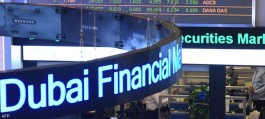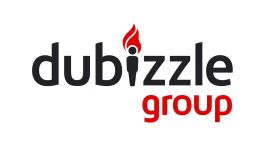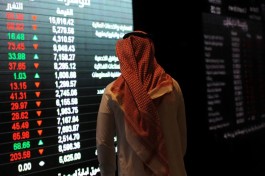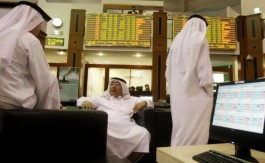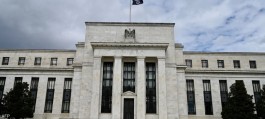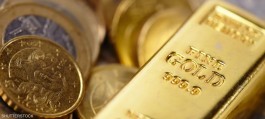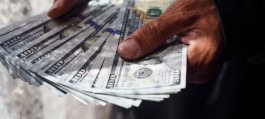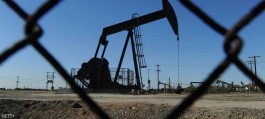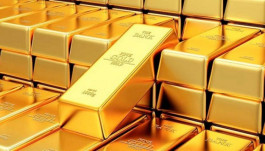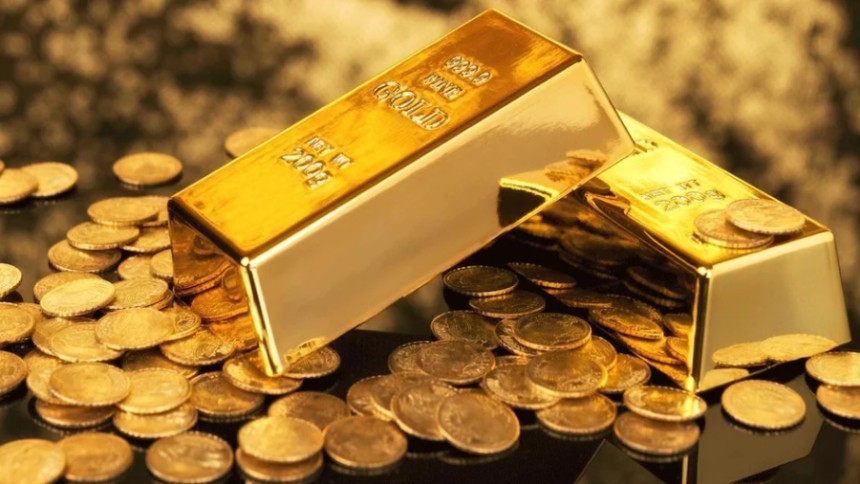Gold prices rose on Wednesday but remained stuck in a narrow range as investors looked to U.S. economic data for more clarity on the Federal Reserve's interest rate path.
“The false break of $2,300 on Tuesday likely means gold prices will remain rangebound ahead of US inflation data and the Bank of Japan meeting,” said Matt Simpson, senior analyst at City Index. “I expect gold to trade between $2,300 and $2,350 unless a new catalyst arrives.”
Investors will be focused this week on US GDP data due on Thursday and the personal consumption expenditures (PCE) report due on Friday.
Simpson added that strong US economic data suggests that any upside surprises are likely to further lift the dollar and US yields.
A stronger dollar and higher bond yields make the dollar-denominated metal less attractive to holders of other currencies.
Bullion prices hit an all-time high of $2,431.29 on April 12, up nearly $400 since early March. The rally then ran out of steam as fears of a wider regional conflict in the Middle East eased. Gold has fallen more than 2% so far this week.
Gold at settlement yesterday
Gold prices erased most of their losses at the close of trading on Tuesday, but closed lower for the second session in a row, recording their lowest levels in more than two weeks.
At settlement, gold futures for June delivery fell 0.2%, or $4.3, to $2,342.1 an ounce - the lowest since April 4 - after touching $2,304.6 an ounce earlier in the session.
This comes after gold prices fell yesterday at the highest percentage rate since February 3, 2023, recording the lowest close since April 5.
Meanwhile, as geopolitical tensions ease, investors are closely watching data and signals from U.S. policymakers to assess the likelihood of interest rate cuts this year.
Gold and dollar now
Gold futures are now down 0.22% at $2,336 an ounce.
While spot gold contracts stabilized at $2,323 per ounce.
On the other hand, the dollar index rose by 0.13% to 105.640 points.
Other minerals
Among other precious metals, spot silver rose 0.1 percent to $27.32 an ounce.
“We expect silver to outperform gold as investment inflows pick up,” ANZ said in a note. “Slowing mine output growth and strong industrial demand suggest that supply is lagging behind demand, which will keep the market in a structural deficit.”
Spot platinum rose 0.5 percent to $912.10 and palladium gained 0.4 percent to $1,023.61.

